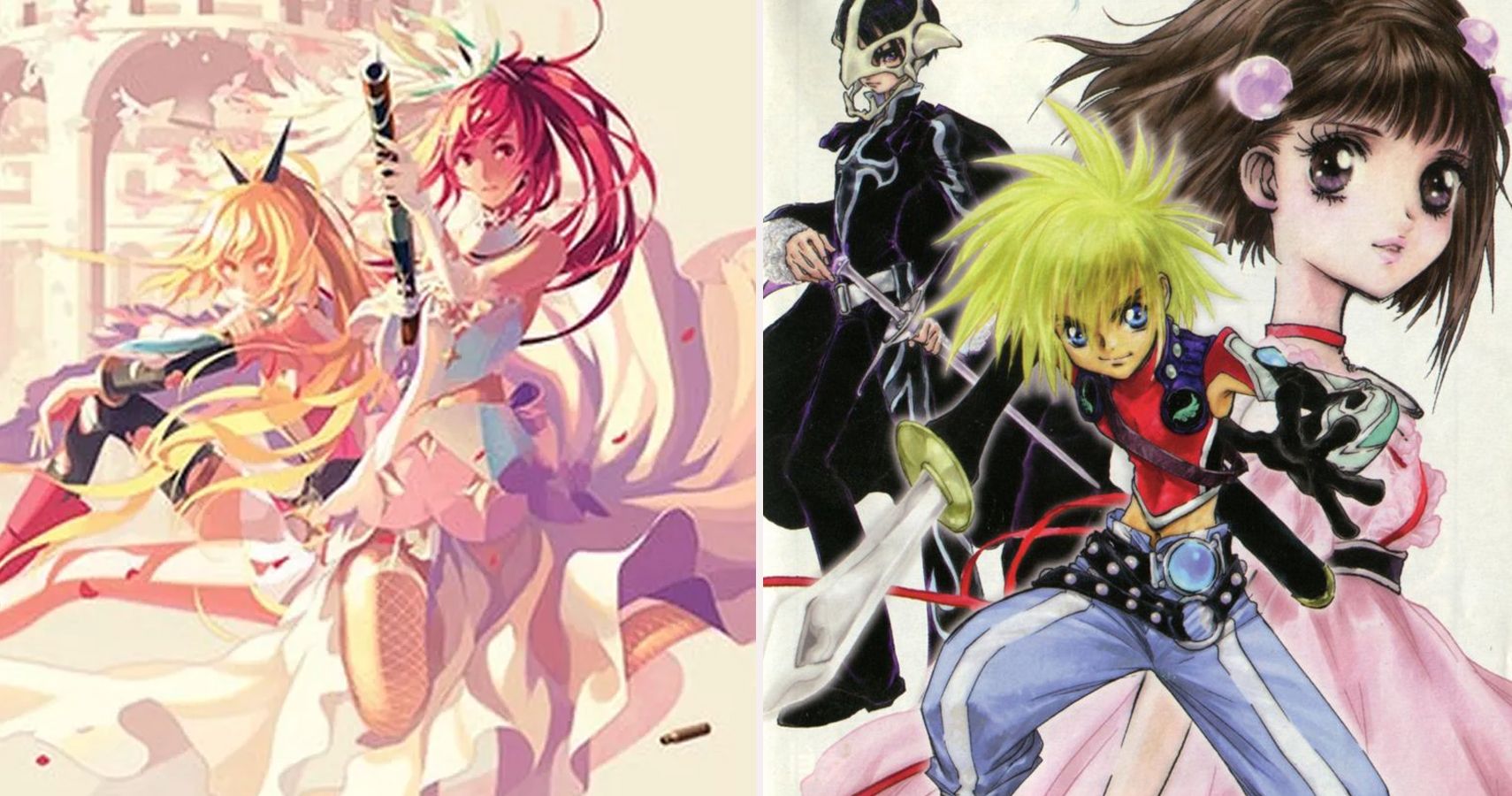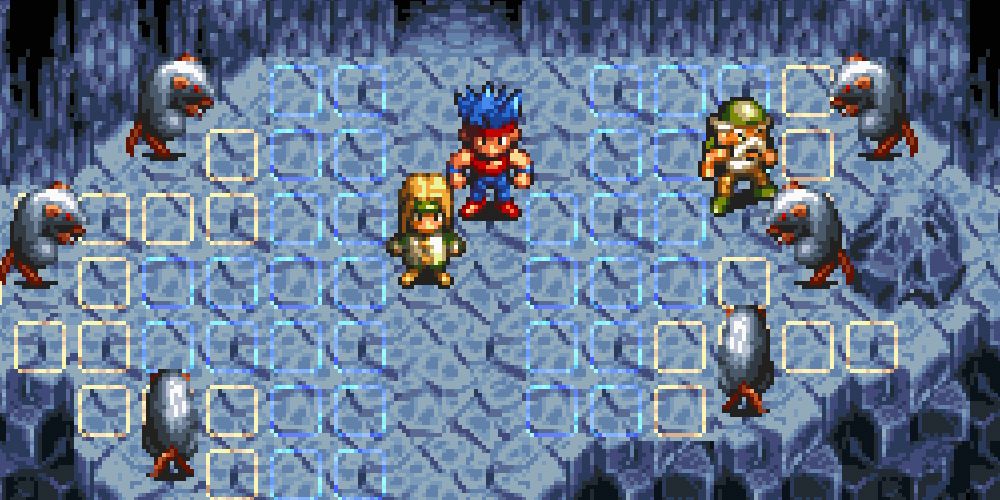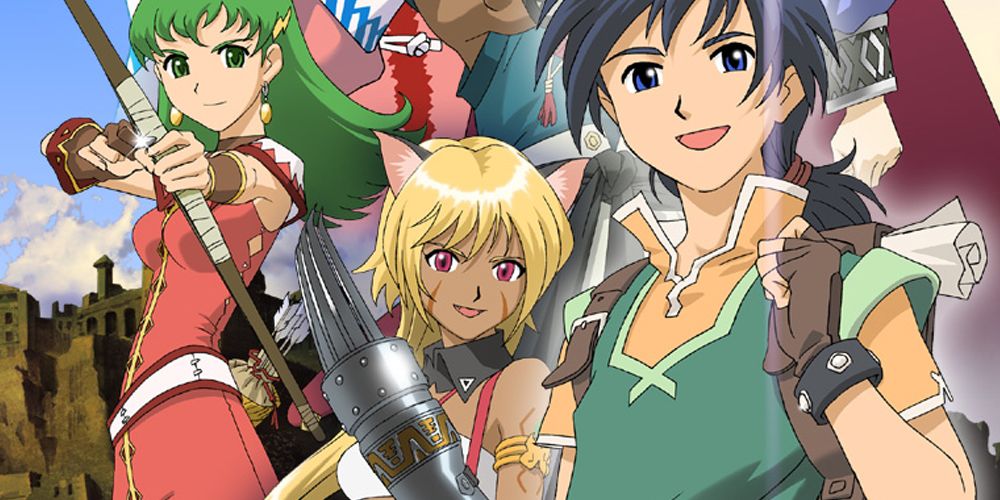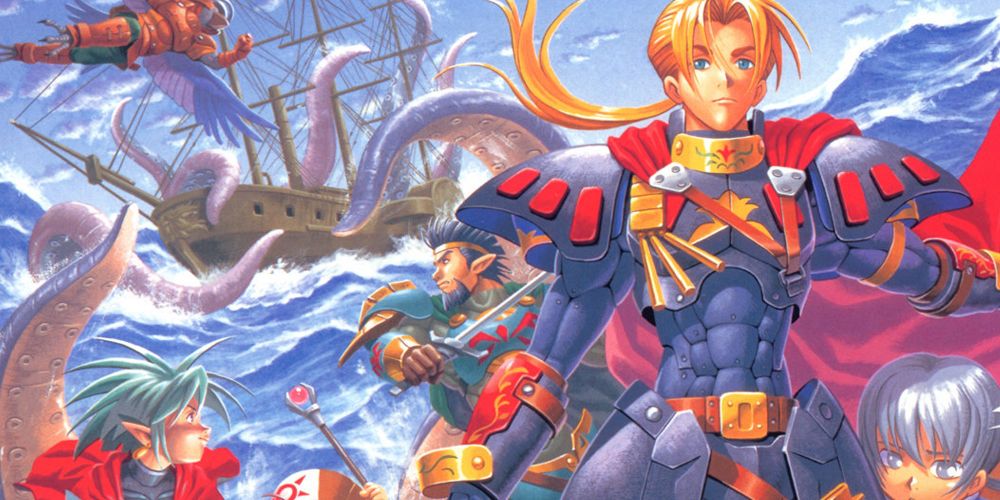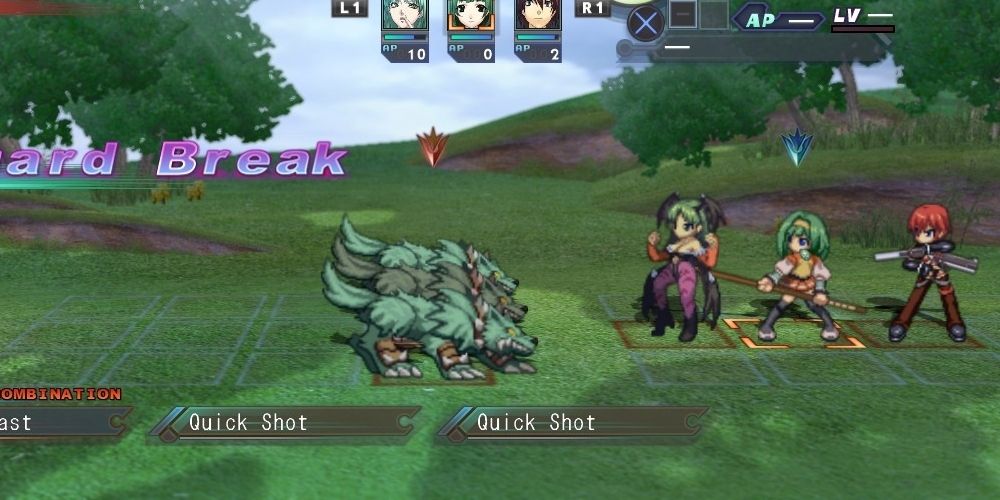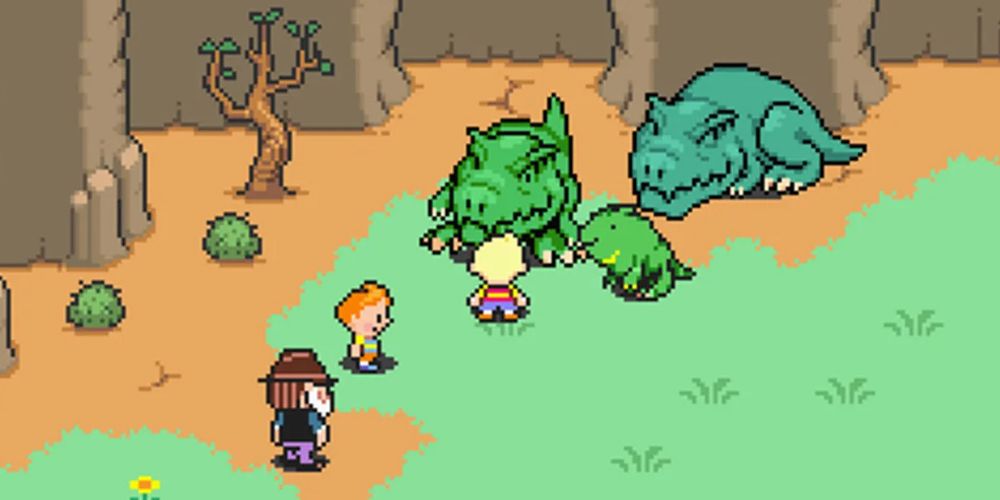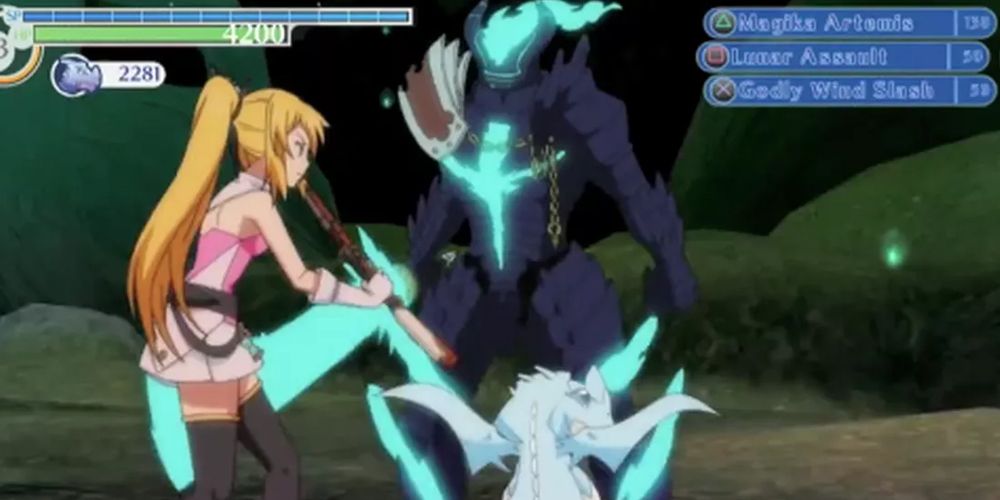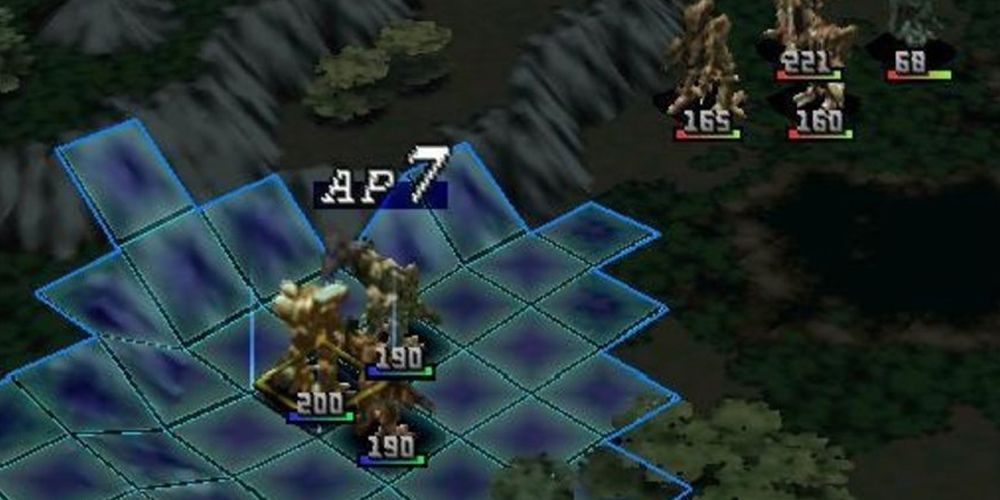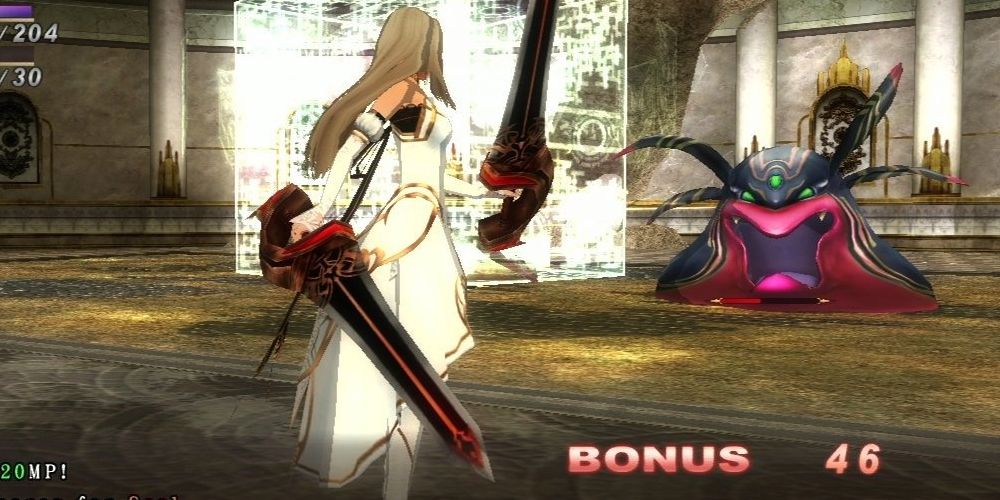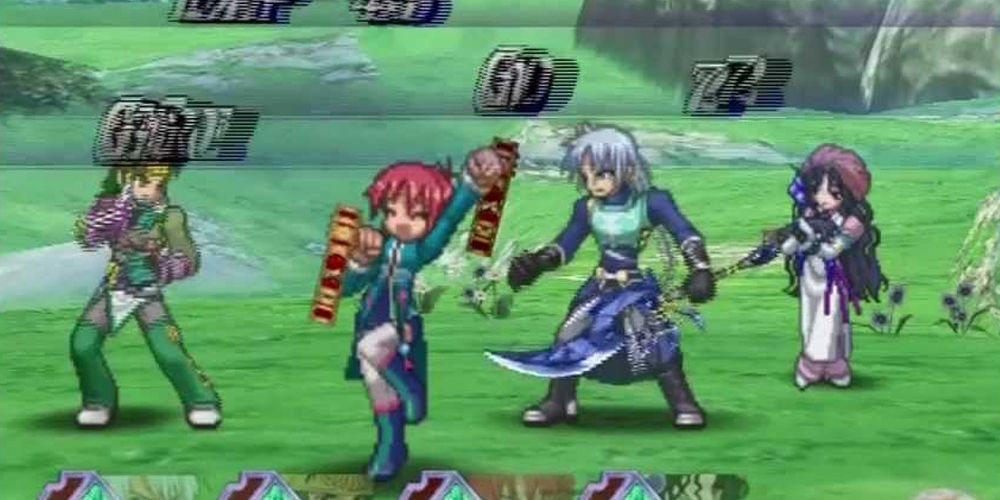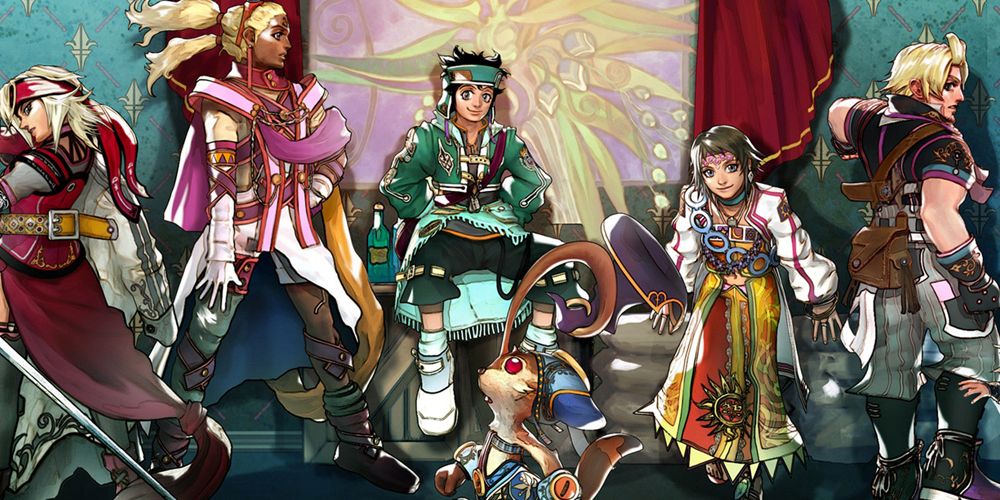In this day and age, it has become somewhat rare for a desirable JRPG to not be localized. That's not to say it never happens, but Japanese publishers have grown more confident when it comes to western markets. Back in the days of the SNES and PlayStation 1, it often felt like games were localized at random.
While quite a few fantastic titles never officially made it out of Japan, some pretty questionable games somehow made the cut. While it is impossible to please everyone, if these choices are anything to go by, annoying entire continents is a far more attainable achievement.
10 Never Localized: Treasure Hunter G
Square used to be pretty inconsistent when it came to localizing its games. Unlike something like Final Fantasy Type-0, 1996's Treasure Hunter G did not have a pre-existing fanbase capable of motivating Square Enix to release an English version.
A strategy RPG released for the Super Famicom at a time when the console was on its last legs, Treasure Hunter G was a competent adventure title that offered a familiar but still enjoyable experience. Combining elements from Shining Force and more traditional JRPGs like Dragon Quest, Treasure Hunter G is a great entry-level RPG.
9 Somehow Was: Lunar: Dragon Song
The first new entry in the series to be localized after 1994's Lunar: Eternal Blue, 2005's Dragon Song is so notoriously terrible that it effectively brought the franchise to its knees, with all subsequent releases being remakes of 1992's Lunar: The Silver Star.
In perhaps the dumbest mechanic of all time, dashing causes the player to lose health. While there is nothing wrong with adding tough choices to a game, this addition was only an arbitrary way to inflate Dragon Song's difficulty. The story is not bad, but the gameplay is so unabashedly anti-fun, it is shocking Dragon Song ever got released, let alone localized.
8 Never Localized: Shining Force III Scenario 2 & 3
Building on the foundations of its brilliant predecessor, Shining Force III proved Sega's tactical RPG franchise was among the best the genre had to offer during the '90s. Divided into three scenarios that center around different main characters who present unique perspectives to the main conflict, only the first part was released outside of Japan.
While all three scenarios are great, the Sega Saturn was nearing the end of its lifespan when Shining Force III was rolling out. By the time the second and third parts would have been localized, the Sega Dreamcast would have probably already been available in North America and Europe.
7 Somehow Was: Cross Edge
Crossover games tend to work better in theory than in practice; that said, titles like Namco x Capcom and Super Smash Bros prove they can be great. On the other hand, Cross Edge is hard to recommend even for diehard fans of Capcom, Bandai Namco, Gust Corporation, and Nippon Ichi Software.
Once the initial excitement of seeing Darkstalkers' Morrigan share a screen with Disgaea's Etna subsides, the only thing left is an outdated RPG that plays badly and looks even worse. Considering Cross Edge sold quite poorly in Japan, it is amazing NIS America went ahead with the localization.
6 Never Localized: Mother 3
Perhaps the most notorious Japanese-exclusive JRPG, Mother 3 is the only entry in the franchise to have never been released in North America or Europe. Now, to be fair, 1989's Mother did not hit the west until 2015, so Mother 3 could still technically be localized; however, that seems unlikely.
Nintendo's reluctance to localize Mother 3 might be due to EarthBound (Mother 2) failing to meet expectations in North America, even if that can be mostly credited to a misguided marketing strategy.
5 Somehow Was: Time And Eternity
In terms of JRPGs, the PlayStation 3's library never quite managed to hit the same highs as Sony's previous platforms. One of the lowest-rated on the system is Time and Eternity, a budget JRPG that deserves praise for trying to move away from a traditional turn-based combat system and for centering around a strong female protagonist.
Sadly, the game was dragged down by glitches and a promising combat system that lacked the necessary depth to sustain a 20-hour playthrough.
4 Never Localized: Front Mission 2
Front Mission is a brilliant tactical RPG franchise that never quite gained the same level of popularity in the west as it did in Japan. That can be primarily credited to the fact that Front Mission 3 was the first title to be localized, which was a bit of an issue considering the storylines of the games tend to be at least somewhat connected.
Front Mission eventually made its way to North America in the form of a Nintendo DS port, but its 1997 sequel has remained a Japanese exclusive.
3 Somehow Was: Last Rebellion
If there is one company that loves to localize games, NIS America would have to be it. The publisher's releases tend to fluctuate a lot in terms of quality, with many falling firmly within the niche category. So, the fact NIS America's president felt the need to apologize for publishing Last Rebellion outside of Japan says a lot about the JRPG.
Putting aside genre completionists seeking to play every JRPG on the PlayStation 3, there is absolutely no reason to pick up Last Rebellion.
2 Never Localized: Tales of Rebirth (& Others)
In recent years, Bandai Namco has taken to localizing every entry in the Tales of series; however, some of arguably the franchise's greatest titles have remained in Japan. While a case can be made for the pretty good Tales of Destiny 2 and the underappreciated Tales of Innocence, Tales of Rebirth is the one that hurts the most.
As the successor to Tales of Symphonia, Rebirth improved the (already great) battle system and added another decent story to the series. Rebirth is just as good as Symphonia and Abyss, so it is a shame it was never localized.
1 Somehow Was: Unlimited Saga
From its early Final Fantasy association to the Romancing Saga sequels that were localized more than two decades after their original releases, Square Enix's SaGa franchise has led such a strange existence. An entry that western players did not have to wait too long to try out was Unlimited Saga, the one game Square should have limited to Japan.
Except for the music and, perhaps, the visuals, Unlimited Saga is a mishmash of poorly executed ideas, the worst traits of non-linear storytelling, and a battle system that heavily incorporates a roulette mechanic. Also, the whole thing plays like a board game.

